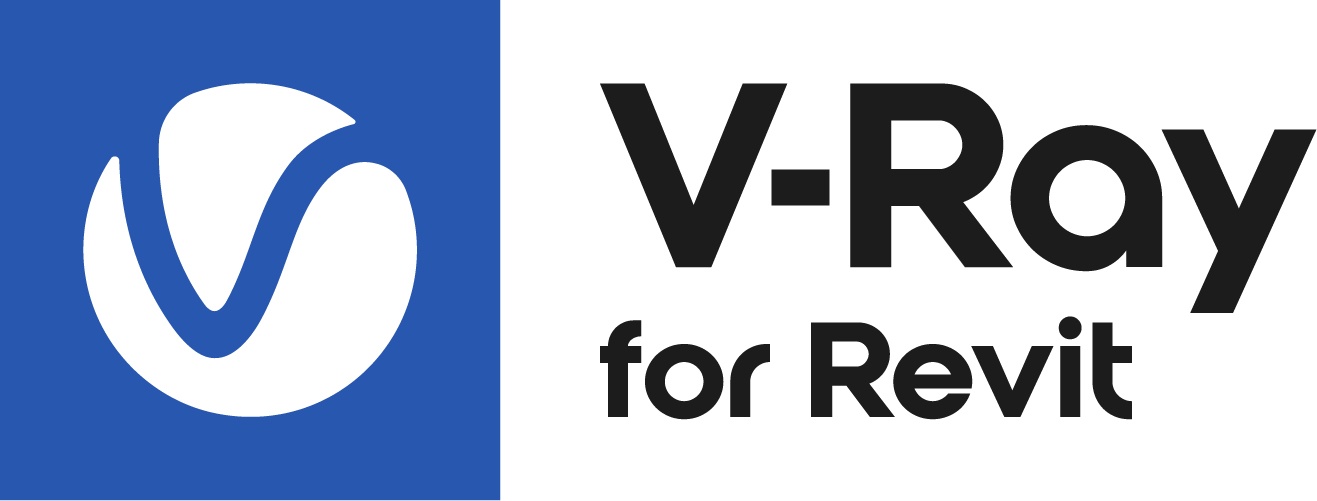Page History
...
| Section | ||||||||||||||||||||
|---|---|---|---|---|---|---|---|---|---|---|---|---|---|---|---|---|---|---|---|---|
|
UI Paths
...
| Section | |||||||||||||||||||||||||
|---|---|---|---|---|---|---|---|---|---|---|---|---|---|---|---|---|---|---|---|---|---|---|---|---|---|
|
| UI Text Box | ||
|---|---|---|
| ||
Creation of V-Ray materials is available from two places in the Asset Editor: the Create Asset button and the Materials category icon (top). If you haven't created any assets yet, left- or right-click on the Materials category icon, will open the dropdown and will prompt you to create a new asset. If you already have assets, left-click selects and displays only the category you have clicked on. Alt + left click on the category keeps both categories displayed in the outliner, whereas right-click opens the asset creation dropdown. The Asset creation dropdown lists remain active when the Ctrl key is held, allowing the creation of multiple assets in quick succession. |
...
Anchor Attributes Attributes
| Section | ||||||||||||||||||||
|---|---|---|---|---|---|---|---|---|---|---|---|---|---|---|---|---|---|---|---|---|
|
...

